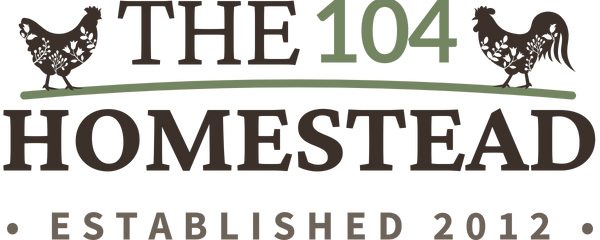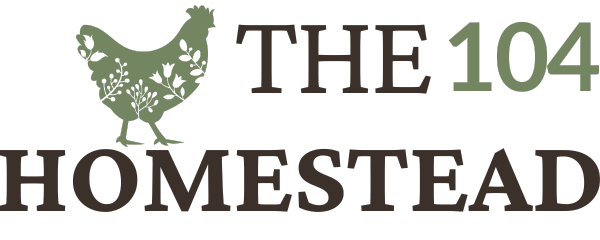Shaded Vegetable Gardens: Top Crops for Low Light Conditions
How to grow the best shade-tolerant vegetables and herbs. Perfect for homesteaders looking to grow food in every corner of their space.
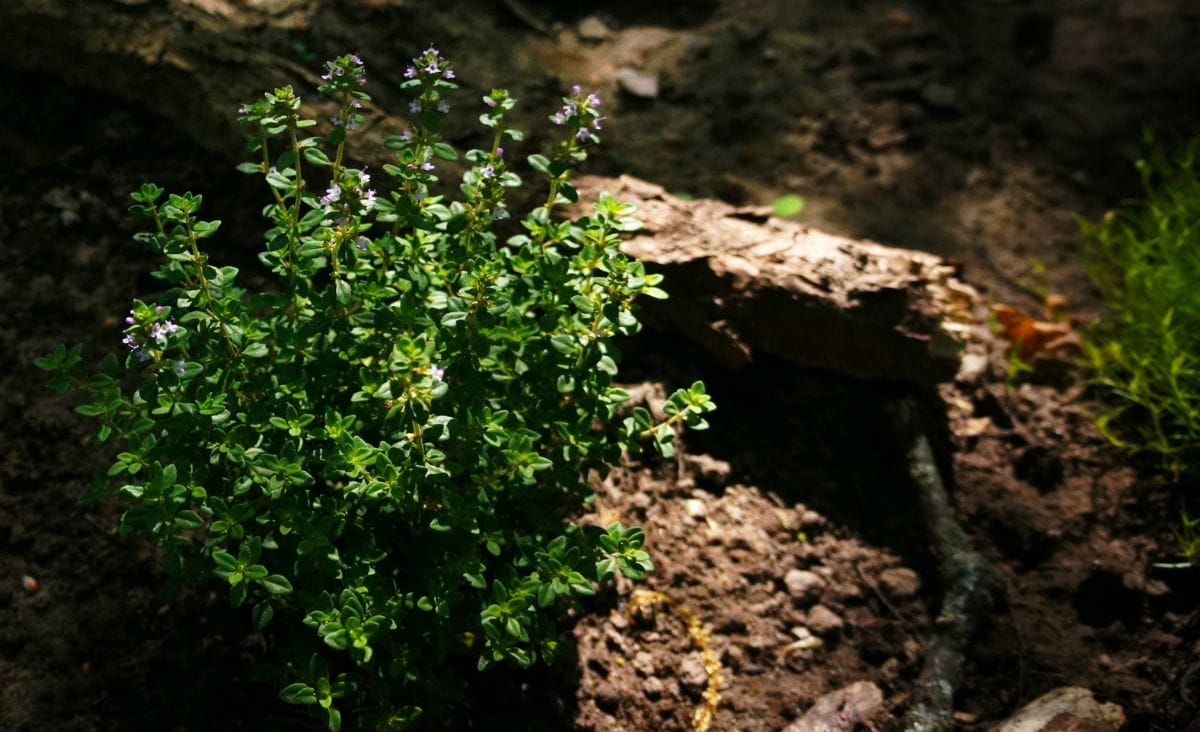
I personally think that spring planning is the only way to survive the winter months. I sketch and make lists, research, and sketch some more. I even go as far as making outlines that point to companion plantings. You don’t have to go that far, but I actually enjoy it.
It can be hard to garden in shady spots because you do not know what will grow and you have to deal with a lot of restrictions. But if you know what plants to choose and how to plant them, even the darkest parts of your garden can become green and productive.
This post goes into detail about how to garden in different levels of shade, from light to deep, and lists the herbs and vegetables that do best in each.
I will show you how to make the most of your shaded garden space so you get a harvest that defies the darkness, even if your trees let in a little light or a north-facing wall casts a constant shadow.
How Shaded is Shaded?
Knowledge of the various levels of shade is important for gardening because it affects what you can plant and how well it will grow. Shade in the garden is not a one-size-fits-all condition; it varies in intensity and can significantly impact plant health, flowering, and yield.
Light shade is used to describe places that get filtered or dappled sunlight all day. This can also mean places that get direct sunlight for three to six hours a day, preferably in the early morning or late afternoon when it is cooler. Lightly shaded gardens are good for plants that like to be protected from the hot midday sun, like many types of greens and some herbs.
Places that get dappled shade for most of the day and only two to four hours of direct sunlight are considered to have partial shade. This is a great spot for plants that need some sunlight but need to be protected from the hot afternoon sun. Partially shaded areas are good for growing leafy vegetables like spinach and lettuce, which like it cooler.
As the name suggests, full shade areas never get direct sunlight. Either they do not get any sunlight at all, or they only get indirect sunlight. This is the hardest situation for vegetable gardening because it limits the types of plants that can be grown successfully. A few leafy greens may do well in full shade. Several herbs, such as mint and parsley, can handle full shade, but their flavors may be weaker than what you’re accustomed to.
Deep shade means there is almost no light coming in. It can be found under a thick canopy of evergreen trees or on the north side of buildings, where sunlight does not get through. With so little light, it is the hardest kind of shade for gardening. Not many plants can do well in deep shade, and the ones that can are usually foliage plants that are grown for their leaves rather than their flowers or fruits.
Deciding if a Plant is Shade Tolerant
When deciding which crops to grow in partial shade areas, think of which part of the plant we consume. Crops where we eat the leaves or roots tend to do fairly well in partial shade conditions. This makes sense from a botanical perspective: these plants naturally prioritize root and leaf development over fruit production, requiring less direct sunlight to photosynthesize effectively. Crops where we eat the fruits really do need at least six hours of full sun per day.
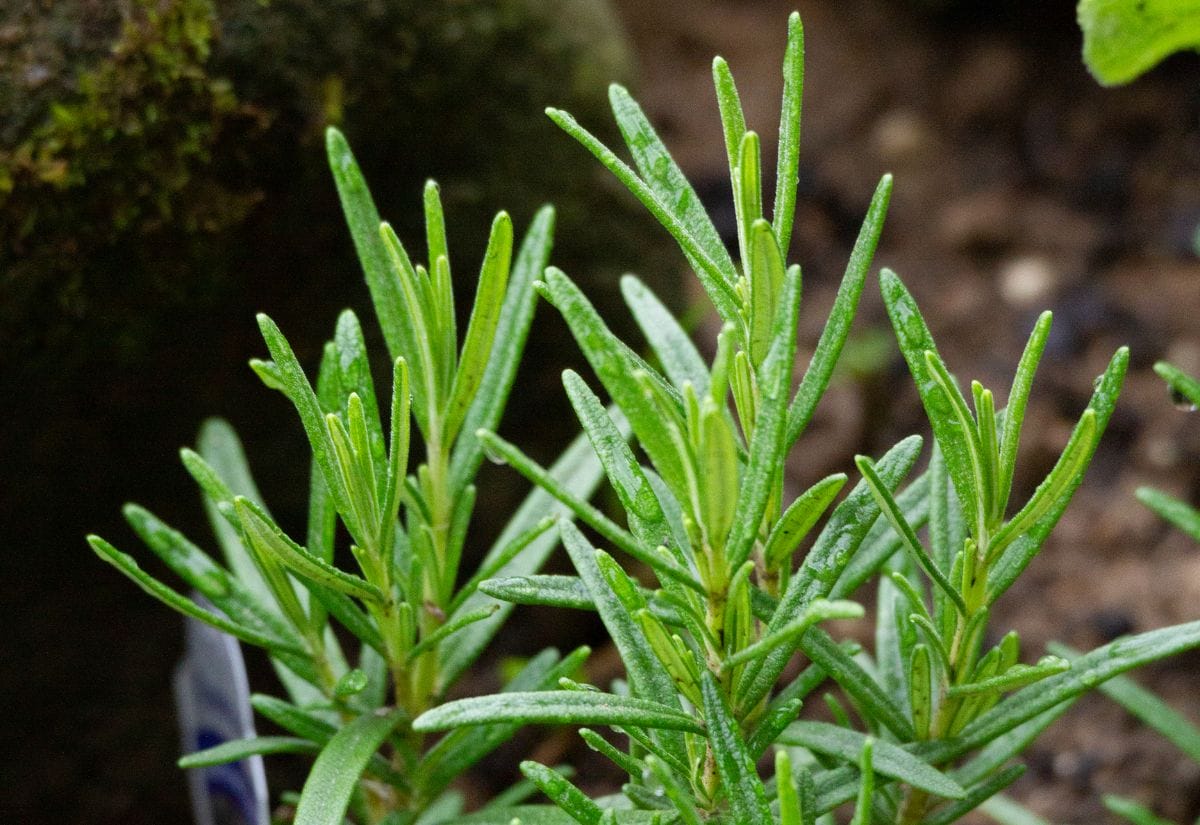
Shade-Tolerant Vegetables
There are a surprising number of vegetables and edibles that will grow in shade. This isn’t an all-inclusive list, but it provides some options to get you started.
Full-Shade Tolerant
While no vegetable can grow in complete darkness, these can survive in areas with very limited direct sunlight (less than 3 hours), relying mostly on indirect or filtered light:
Herbs
- Mint
- Parsley, weaker flavor
- Chives, most likely, will not flower
Partial Shade Tolerant
These vegetables can thrive with 3 to 6 hours of direct sunlight per day or in areas with dappled sunlight throughout the day:
Leafy Greens
- Spinach
- Swiss chard
- Kale
- Mustard greens
- Arugula
Root Vegetables
- Radishes
- Beets
- Carrots, may produce smaller roots
Herbs
- Parsley
- Cilantro
- Mint
- Chives
Light Shade Tolerant
Vegetables in this category can grow in areas that receive 4 to 6 hours of direct sunlight or consistent, filtered light throughout the day:
Leafy Greens
- Lettuce
- Endive
- Collards
Root Vegetables
- Turnips, for greens
- Potatoes, might produce fewer tubers
Brassicas
- Broccoli
- Cauliflower
Legumes
- Peas
- Green Beans, may yield less than in full sun
Tips for Shady Vegetable Gardening
I have discovered that shady vegetable gardens require a bit more care than your traditional garden beds. Here are some tips to make the most of your garden space.
Soil Quality is Key
Shade-grown vegetables need rich, well-draining soil to compensate for the lower light levels. Enhance your soil with compost and organic matter to provide the nutrients your plants will need to thrive.
Water Wisely
Shaded areas can retain moisture longer, reducing the need for frequent watering. However, it’s crucial to monitor the soil moisture closely, as overwatering can lead to root rot and other diseases.
Maximize Light
Trim or thin overhead branches if possible to increase light penetration. Reflective mulch or surfaces near your garden can also help to brighten the area around your shade-tolerant plants. I’ve even used mirrors I purchased at the local thrift store to lean against our fence and bounce light.
Spacing Matters
Avoid overcrowding your plants. Proper spacing ensures that each plant receives its fair share of sunlight, air circulation, and nutrients. I find that if I plant my plants as close as I would in our sunny gardens, the plants fail to thrive.
Patience Pays Off
Vegetables grown in the shade might take a bit longer to mature than those grown in full sun. This isn’t always a bad thing! Vegetables that are prone to bolting in the summer do much better in the shade. Adjust your expectations and enjoy the slower pace of your shade garden’s growth.
Frequently Asked Questions
For people who want to learn more about gardening, I have a lot of information that can help you with different parts of growing your own food. If you’re someone who prefers a more laid-back approach to gardening, my post on The 15 Easiest Vegetables for Lazy Gardeners to Grow will be right up your alley, offering a list of low-maintenance crops that promise a bountiful harvest with minimal effort.
Growing a garden can be hard if you do not have enough space or if the soil is not exactly perfect. How to Start a Garden in Your Yard, No Matter the Space or Soil gives you tips and ideas on how to get around these problems and grow a successful garden. If you want to grow your own food, you do not need a huge backyard. My post on small space vegetable gardening is full of creative ways to garden in small areas.
These posts offer a comprehensive toolkit for making the most of your gardening journey, regardless of your space, experience level, or preferred gardening style.
If you’ve found value in this blog post and enjoyed reading it, why not share it with your Pinterest community? Pin the image below and spread the love!
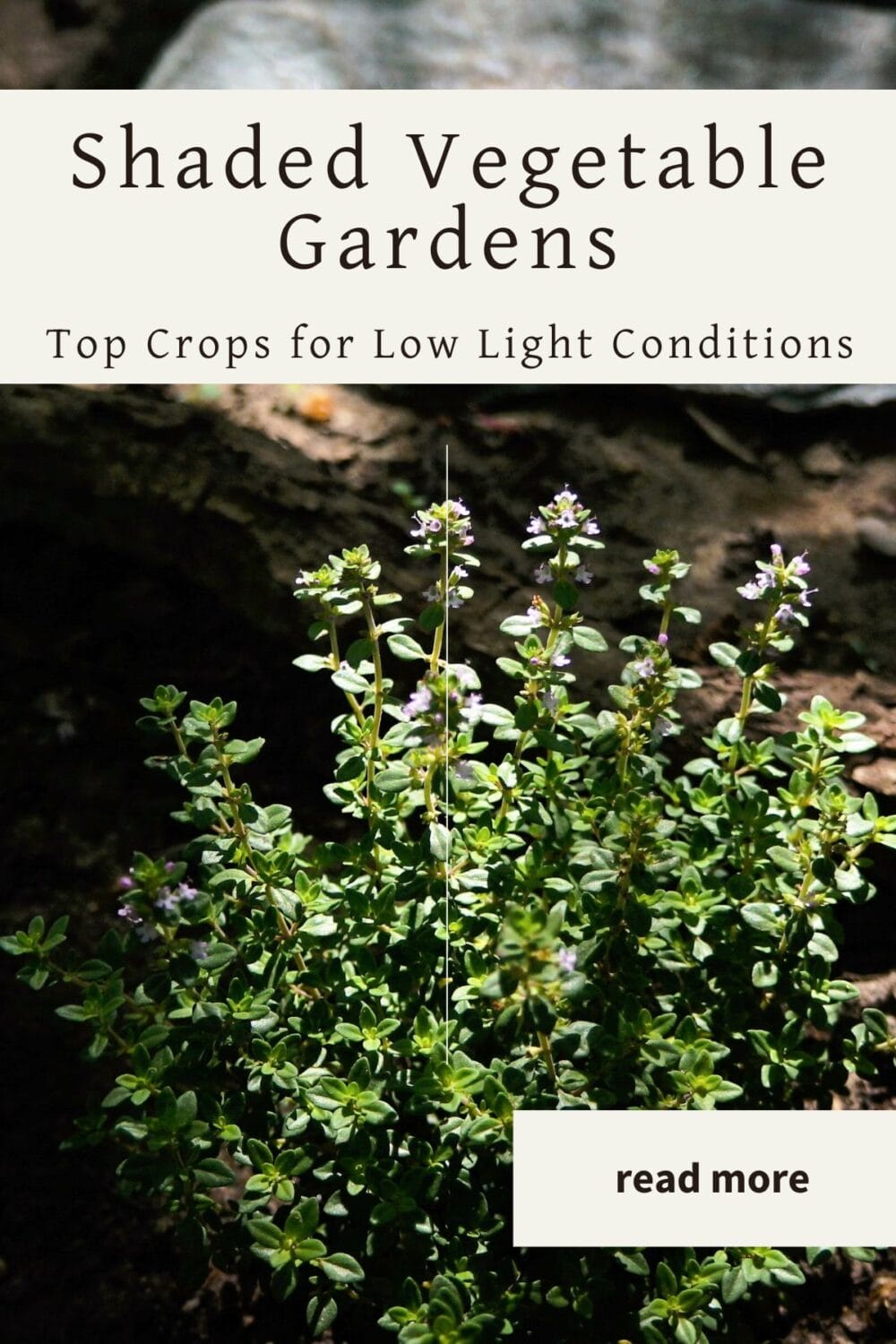
Knowing that you don’t need full-sun for all your crops opens up a lot of doors when it comes to planning for your garden. Maybe, like me, you will realize that you can sacrifice a bit of lawn, and instead of spending your time mowing, you can be spending your time collecting food for your table.
What are your own experiences with gardening in shaded areas? Have you discovered any tips or tricks that helped your shade-tolerant plants thrive, or do you have a favorite shade-loving vegetable or herb that wasn’t mentioned here?
